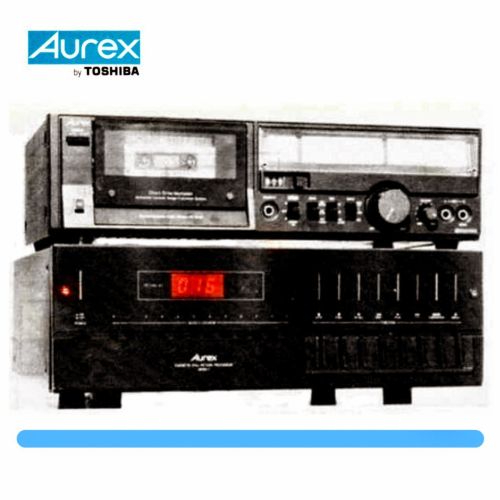 |
| Founders Svend Olufsen and Peter Bang |
After a series of successful radio and cinema sound systems in 1939 it was launched the Beolit, the first radio with a bakelite cabinet. This was the starting point of the famous "BEO" prefix product families such as the BEOMASTER product range. In january 1945 the Bang & Olufsen factories were totally destroyed by pro-Nazy saboteurs as a punishment to Bang & Olufsen refusal to collaborate with the nazi Germans. The factory was rebuilt and operational by 1946.
.jpg) |
| Designer Jakob Jensen at work |
Product design and ease of operation were allways key elements of the Bang & Olufsen products. By 1960 they begin a series of successfull collaboration with designer Jakob Jensen. In 1978, the Museum of Modern Art in New York held an exibition dedicated to Bang & Olufsen designs. Among the exhibited models was the BEOCENTER 7000 designed by Jakob Jensen. Since 1980 most of the company's products were designed by David Lewis who became involved with Bang & Olufsen in 1965.
Six of the most current iconic designs are brought together in this Tokyo product display to bridge past and present celebrating 90 years of Bang & Olufsen passion, pride and persistence. The love affair collection.
 |
| The Love Affair Collection |







